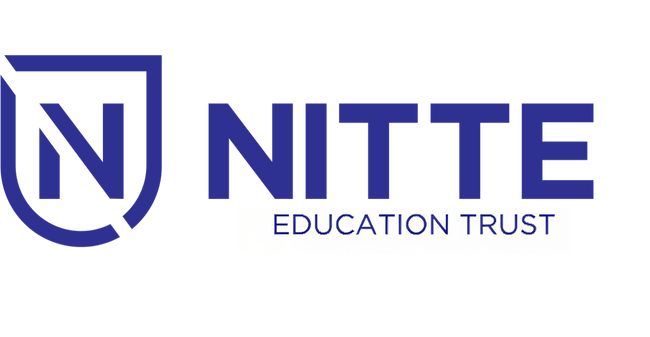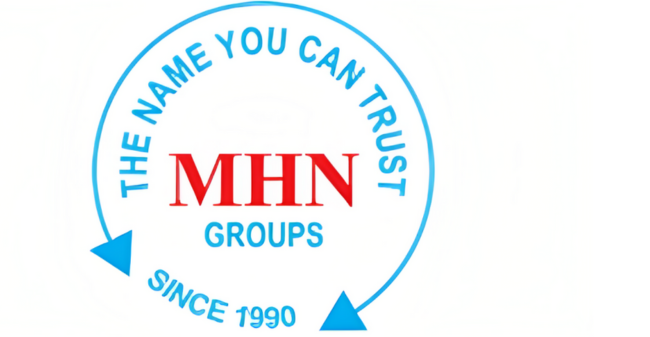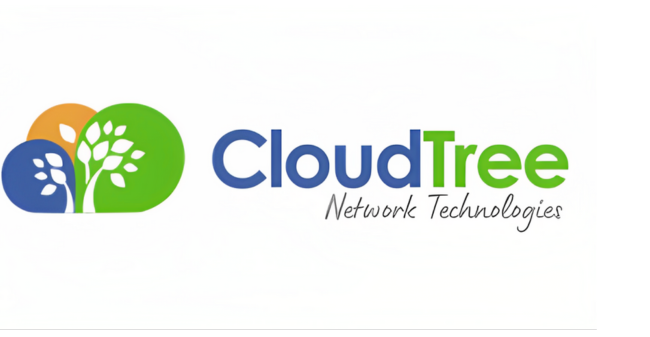
Popular Services
We provide IT Solutions
IT Consulting
IT consultation is a vital process that involves engaging experienced professionals to provide expert advice, guidance, and strategic recommendations to organizations seeking to optimize their IT infrastructure and operations. IT consultants bring deep knowledge and expertise in various domains, allowing them to analyze existing systems, identify areas for improvement, and devise tailored solutions aligned with business objectives. Through comprehensive assessments, they assess technology requirements, propose innovative strategies, and assist in implementing cutting-edge solutions. By leveraging their industry insights and staying updated with emerging trends, IT consultants help organizations enhance efficiency, streamline processes, mitigate risks, and harness the full potential of technology to drive growth and competitive advantage.
Biometric
Biometric systems have emerged as a significant component of information technology (IT) infrastructure, revolutionizing security measures and authentication processes. Leveraging unique physiological or behavioral traits such as fingerprints, facial features, iris patterns, or voice recognition, biometric systems provide highly accurate and reliable identification and verification mechanisms. By eliminating the reliance on traditional methods like passwords or ID cards, these systems enhance security and reduce the risks associated with unauthorized access. Biometric systems find applications across various industries, including financial institutions, government agencies, healthcare facilities, and corporate enterprises, ensuring robust access control, safeguarding sensitive data, and preventing identity fraud. With advancements in technology, biometric systems continue to evolve, incorporating machine learning, artificial intelligence, and cloud computing, further enhancing their capabilities and usability. As a result, biometric systems have become an integral part of the IT landscape, enabling organizations to establish secure and efficient authentication processes, bolstering overall data protection and fostering trust in digital transactions.
IT support
IT support plays a critical role in ensuring the smooth functioning of technology systems within organizations. It involves a range of services provided by skilled professionals to address technical issues, troubleshoot problems, and offer timely resolutions. IT support teams are equipped with extensive knowledge of hardware, software, networking, and various IT tools, enabling them to assist users in resolving technical issues, setting up new equipment, and maintaining system functionality. They offer help desk services, responding to queries and providing guidance to users, whether remotely or on-site. IT support also involves proactive monitoring, regular maintenance, and software updates to prevent potential issues and optimize system performance. By delivering prompt and effective support, IT teams enable uninterrupted operations, enhance productivity, and ensure that technology remains a reliable tool for achieving organizational goals.
IT Implementation
IT implementation is a crucial phase in the journey of integrating new technologies into an organization's existing IT infrastructure. It encompasses the systematic process of deploying, configuring, and integrating hardware, software, and networking components to enable smooth and efficient operations. During implementation, skilled IT professionals collaborate closely with stakeholders to ensure that the selected solutions align with business goals and requirements. They meticulously plan and execute the installation, customization, and testing of systems, ensuring minimal disruptions and maximum user adoption. From data migration to user training, IT implementation encompasses a range of tasks aimed at optimizing functionality, security, and scalability. Successful IT implementation empowers organizations to leverage technology effectively, enhance productivity, improve decision-making, and gain a competitive edge in today's dynamic business landscape.
Security systems
Security systems in IT play a critical role in safeguarding sensitive information, digital assets, and infrastructure from unauthorized access, data breaches, and cyber threats. These systems encompass a range of measures, including robust firewalls, intrusion detection systems, encryption protocols, and access controls. They are designed to establish multiple layers of defense, preventing unauthorized entry and ensuring data confidentiality, integrity, and availability. Additionally, advanced technologies such as biometric authentication, multi-factor authentication, and security analytics are employed to enhance the security posture. IT security systems continuously monitor and detect potential threats, enabling prompt response and mitigation. With the ever-evolving threat landscape, organizations must prioritize the implementation of comprehensive security systems to protect their digital assets, maintain regulatory compliance, and preserve the trust of their customers and stakeholders.
Surveillance systems
Surveillance systems in the realm of Information Technology (IT) play a crucial role in ensuring comprehensive security measures for organizations. These systems encompass a range of technologies, including high-definition cameras, video analytics, and monitoring tools, designed to monitor and protect physical spaces, assets, and personnel. By deploying surveillance systems, businesses can deter potential threats, detect suspicious activities, and gather evidence in case of security incidents. Advanced features such as facial recognition, motion detection, and real-time alerts enhance the effectiveness of these systems, enabling proactive responses to potential security breaches. Surveillance systems integrated with IT infrastructure provide remote access and centralized management, empowering organizations to monitor multiple locations and streamline security operations. Leveraging IT capabilities, surveillance systems contribute to a robust security ecosystem, safeguarding critical assets, ensuring compliance, and fostering a safer environment for businesses and individuals alike.
Computing Infrastructure
Computing infrastructure in IT refers to the underlying framework and components that support the storage, processing, and transmission of digital information within an organization. It encompasses hardware, software, networking resources, and associated technologies that enable the seamless functioning of IT systems. Computing infrastructure includes servers, data storage devices, networking equipment, operating systems, virtualization software, and other essential components. These elements work in harmony to facilitate data storage, processing power, connectivity, and overall system reliability. A robust and well-designed computing infrastructure is crucial for organizations to ensure the efficient and secure operation of their IT systems, enabling seamless communication, data management, application deployment, and user accessibility. Effective management and optimization of computing infrastructure are key considerations to ensure scalability, performance, and resilience, thereby empowering organizations to meet their technological requirements and achieve their business objectives.
TESTIMONIAL







